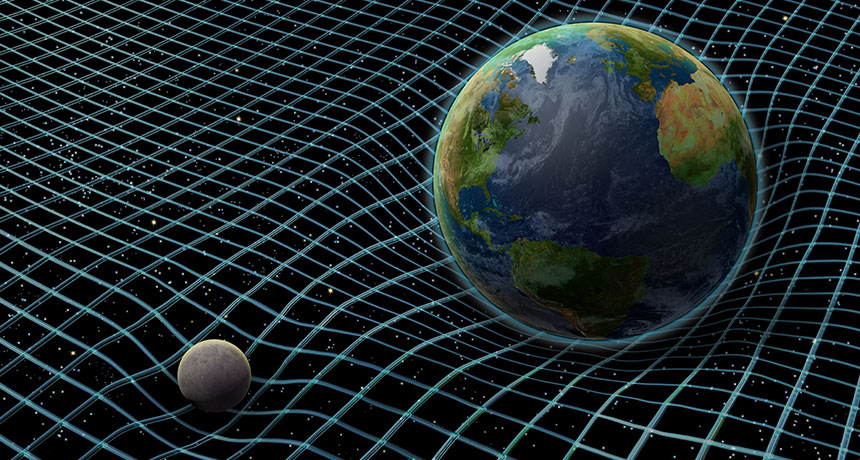

Most of the lattice gauge formulations I will discuss below share some common features. This expression coincides with the usual Einstein action only for det e > 0. Substituting the solution to ( 2) into the action, one obtains, where R denotes the four-dimensional curvature scalar. The reader is referred to the individual articles for a more complete bibliography of the background material. Much of the motivation for the discrete investigations comes of course from other sources, which for the most part I do not cite explicitly. This review covers about 200 papers, the earliest of which appeared in 1979 (not counting the 1964 article by Leutwyler, who used a lattice approximation to perform a gravitational sum over histories a la Feynman). They mainly deal with pure gravity, with the possible inclusion of a cosmological constant term and higher-order derivative terms, and in some instances, matter-coupling. I have divided the discrete approaches into three categories, which I will discuss in the order of their chronological appearance: the gauge-theoretic formulations using connection variables, based on first-order descriptions of Einstein gravity and two metric formulations the quantum Regge calculus program and the more recent method of dynamical triangulations, which use simplicial instead of hypercubic lattice discretizations. It is a theoretical challenge to come up with more realistic models that may lead to a truly interacting gravitational theory.

There are considerable technical difficulties in performing analytical computations and setting up sufficiently big numerical simulations.

So far, they have not been successful in providing convincing evidence for the existence of a non-trivial four-dimensional quantum theory of gravity (neither, of course, have other methods). The approaches I will describe below have yielded a variety of interesting results on the discrete simulation methods themselves, as well as on the geometric properties of typical configurations, the role of gauge invariance, the phase structure, and the inclusion of matter, to name just a few. The diffeomorphism invariance of the classical continuum theory is no obstacle in principle to the introduction of a discretization, as has been demonstrated by the success of such methods in describing two-dimensional Euclidean gravity in a path-integral approach. They of course have to be modified in the case of gravity, where the metric of space-time becomes itself a dynamical variable. One way of tackling the quantization problem non-perturbatively is to use discrete methods, in analogy with quantum field theories on a flat background. I will only discuss models with some concrete implementation of the dynamics of Einstein’s theory, Lagrangian or Hamiltonian. This article contains an overview and a comprehensive bibliography of past efforts to define a consistent theory of quantum gravity in four dimensions via an intermediate discretization. With the absence of a satisfactory quantum theory of gravity, a major puzzle in theoretical physics still remains unsolved.


 0 kommentar(er)
0 kommentar(er)
